Landscaping advocates diversity, and this type of seedlings will surely be very popular in the future!
There are many kinds of garden ornamental plants, among which plant species that are mainly for viewing flowers and leaves have been widely explored and applied. In recent years, tree species whose main ornamental objects are fruits have also begun to receive attention. With the implementation of the important strategy of rural revitalization and the promotion of biodiversity, fruit-viewing tree species will surely be popular in the future!
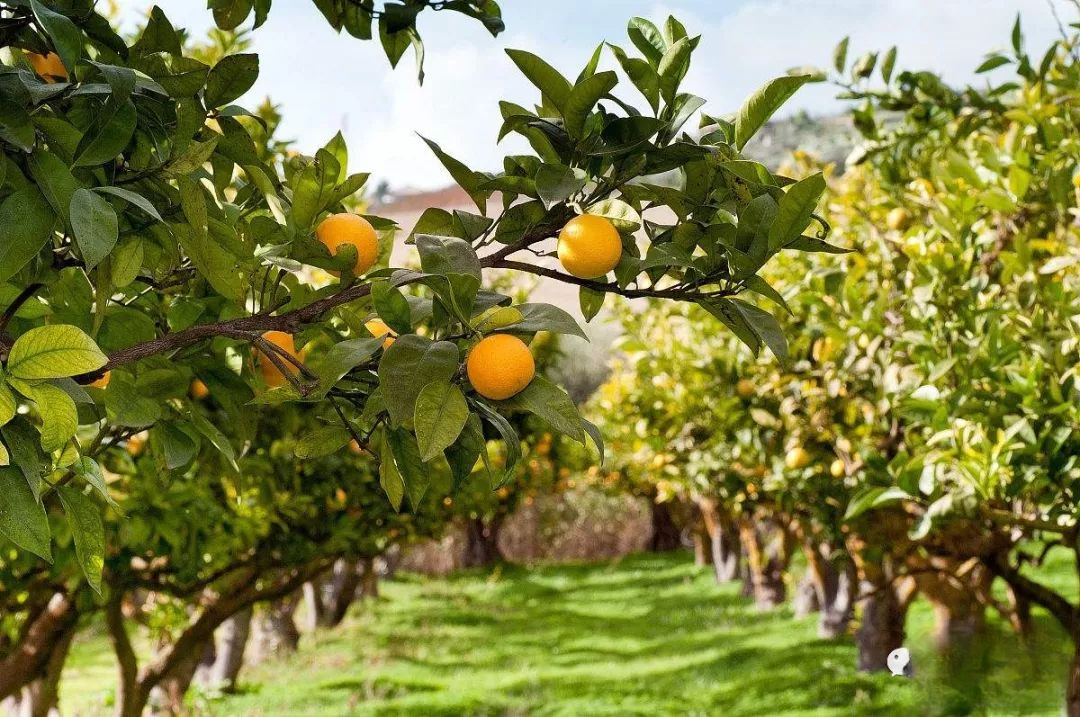
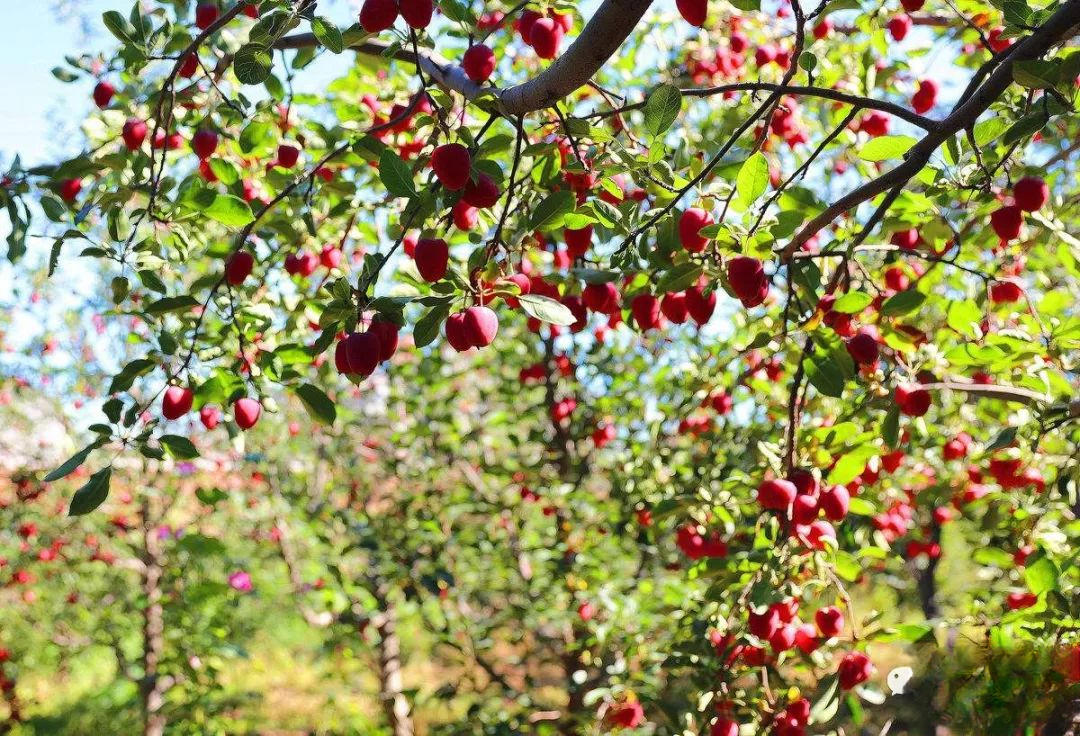
1. Road greening
It is suitable to select some tree species with strong adaptability, strong disease and pest resistance, vigorous growth, high survival rate, long life, straight trunks, upright tree posture, beautiful tree shape, large crown and dense shade, and seasonal changes, such as Sophora japonica, Elm, Hawthorn tree, and Prunus chinensis.
2. Park and garden greening
It is suitable for planting tree species with beautiful shapes, luxuriant branches and leaves, fragrant flowers and bright fruits, such as persimmon, hawthorn, wild apricot, pomegranate, loquat, cherry, elm, and wild plum, which can not only form beautiful rural scenery, but also create an environment where humans and animals can coexist harmoniously.
3. Greening of residential areas
Reasonable allocation of certain ornamental fruit tree species in the residential landscape can achieve the effect of colorful flowers in spring and abundant fruits in autumn. It can also form ecological plant communities, play a certain health-care role and improve the quality of the living environment. Commonly used tree species include peach, plum, apricot, bayberry, loquat, ginkgo, and Pistacia.
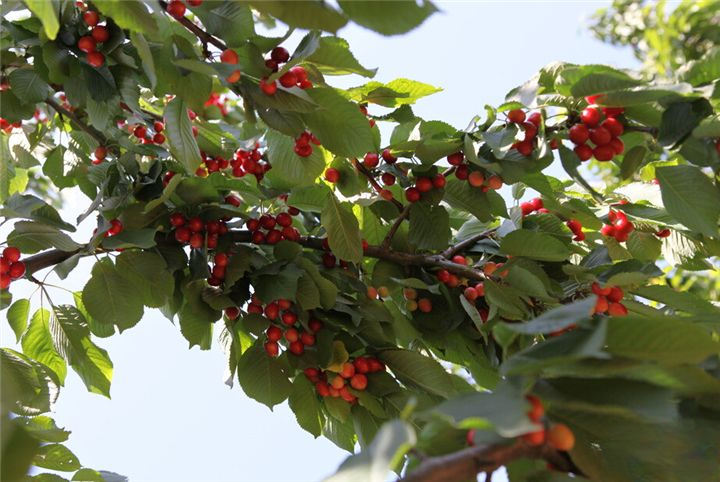
△ Cherry Tree
■ Evergreen: holly, red holly, Podocarpus, Ligustrum lucidum, loquat, coral tree, pomegranate, bayberry, pomelo, Photinia, Pyracantha, Berberis, Ligustrum lucidum, Bone Mulberry, Elaeagnus, Peach Leaf Coral, Nandina domestica, Myrsinia japonica, Buddha's hand, Kumquat, Broadleaf Ten-leaved Meridian, Ivy, etc.;
■ Deciduous trees: Ginkgo, Acer truncatum, Gleditsia sinensis, Tung oil tree, Pistacia chinensis, peach, Prunus mume, apricot, Malus domestica, Broussonetia chinensis, fig, mulberry, Candlewood tree, Koelreuteria paniculata, Hami melon, Magnolia officinalis, Thunbergia truncatula, Cornus officinalis, Callicarpa ovata, Multiflora multiflora, Lycium barbarum, Euonymus japonicus, Akebia trifoliata, Parthenocissus quinquefolia, kiwi fruit, grape, etc.
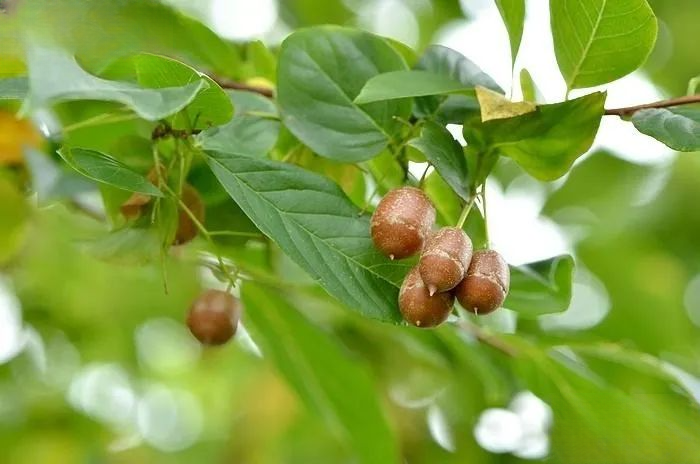
■ Red: peach leaf coral, barberry, hawthorn, holly, red holly, pyracantha, coral tree, elaeagnus, Koelreuteria paniculata, Tianmu viburnum, holly, honeysuckle, Nandina domestica, Pistacia chinensis, wild rose, wolfberry, cherry, plum, orange, persimmon, pomegranate, bayberry, myrsinia, Magnolia officinalis, flat-core wood, dogwood, mountain ash, etc.;
■ Yellow: plum, apricot, papaya, loquat, citron, weeping crabapple, pedunculate crabapple, guava, grapefruit, kumquat, bergamot, sweet orange, orbicularis orbicularis, sea buckthorn, etc.;
■ Purple: Callicarpa, lamp tree, mulberry, grape, snake grape, European plum, black gem plum, blue honeysuckle, osmanthus, white sandalwood, Akebia, etc.;
■ Blue-black: Podocarpus, Ligustrum lucidum, Ligustrum lucidum, Mahonia latifolia, Acanthopanax senticosus, Rhamnus quinquefolius, Parthenocissus quinquefolius, etc.
■ White: red yew, snowberry, Hubei mountain ash, daphne, Shaanxi mountain ash, Chinese tallow tree, etc.
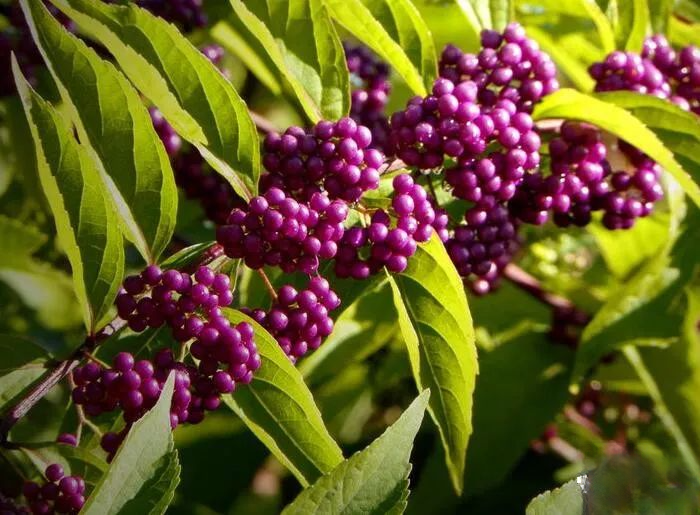
△ Purple Bead
Finally, when using ornamental fruit trees for landscaping, special attention should be paid to timely thinning of branches, flowers, and fruits to ensure ventilation and light transmission, reduce pests and diseases, and promote fruit coloring to improve the ornamental effect. In addition, consideration should be given to avoiding the use of toxic tree species and safety issues caused by fruit falling.